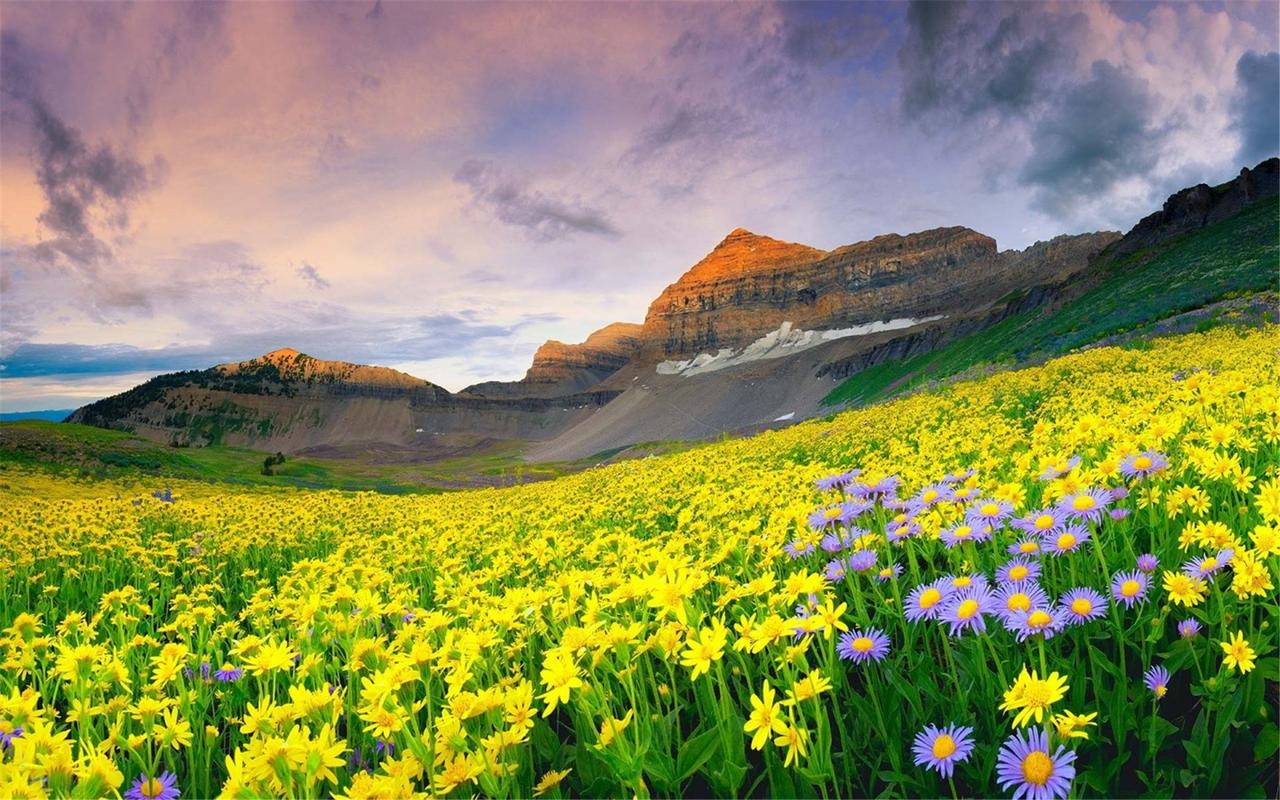Exploring the Potential World Heritage Sites of 2023
The United Nations Educational, Scientific and Cultural Organization (UNESCO) has identified and declared more than a thousand properties worldwide as World Heritage Sites. These locations boast of immense cultural, historical, and natural significance, and preservation of these sites is crucial for future generations.
Every year, UNESCO’s committee meets to consider new potential sites that may be added to the list of World Heritage Sites. In 2023, several locations are poised to make the cut. Here are some of the most exciting potential World Heritage Sites of 2023.
The Ruins of Nan Madol in Micronesia
The Ruins of Nan Madol are a collection of over 100 stone and coral islets in the eastern part of the island of Pohnpei in Micronesia. The ruins are a testament to the architectural and engineering skills of the Saudeleur dynasty and were built nearly 1,000 years ago.
The islets contain ceremonial buildings, residential areas, tombs, and even a place where sea turtles were kept in captivity. For centuries, the Saudeleur dynasty ruled the area from this complex of islets, which has since become one of the greatest ancient architectural feats that is still standing today.
The Ancient City of Qalhat in Oman
Located on the southeastern coast of the Arabian Peninsula, the Ancient City of Qalhat was once a bustling trading hub between the 11th and 15th centuries. It is an outstanding example of the early Islamic period’s walled city concept and was a major center of trade between East Africa, India, and the Persian Gulf.
The city’s prosperity is evident in the architecture of the surviving structures, including a mosque, a fort, and the mausoleum of Bibi Maryam. The pristine coastline with its serene beaches, mountain ranges, and oasis make Oman an up-and-coming traveler’s paradise.
The Koutammakou, the Intriguing Landscape in Togo
The Koutammakou is situated in the extreme northwest of Togo and is inhabited by the Batammariba people. The area is famous for its unique architecture made from mud and the existence of the tall ‘tata’ houses that are up to three stories high.
What makes Koutammakou fascinating is the way the landscapes are entwined with the traditional architecture of the Batammariba. Agriculture is the primary source of income in the area, and rice, yams, and millet are the main crops grown. The unique and intriguing landscape in Koutammakou is a must-visit for those with a keen interest in cultural heritage.
Conclusion
In conclusion, the potential World Heritage Sites of 2023 represent some of the world’s most remarkable cultural and natural wonders. Visiting these sites offers an opportunity to learn about the unique aspects of human civilization throughout the ages. As efforts towards sustainability increase worldwide, recognizing and preserving these sites is critical.
(Note: Do you have knowledge or insights to share? Unlock new opportunities and expand your reach by joining our authors team. Click Registration to join us and share your expertise with our readers.)
